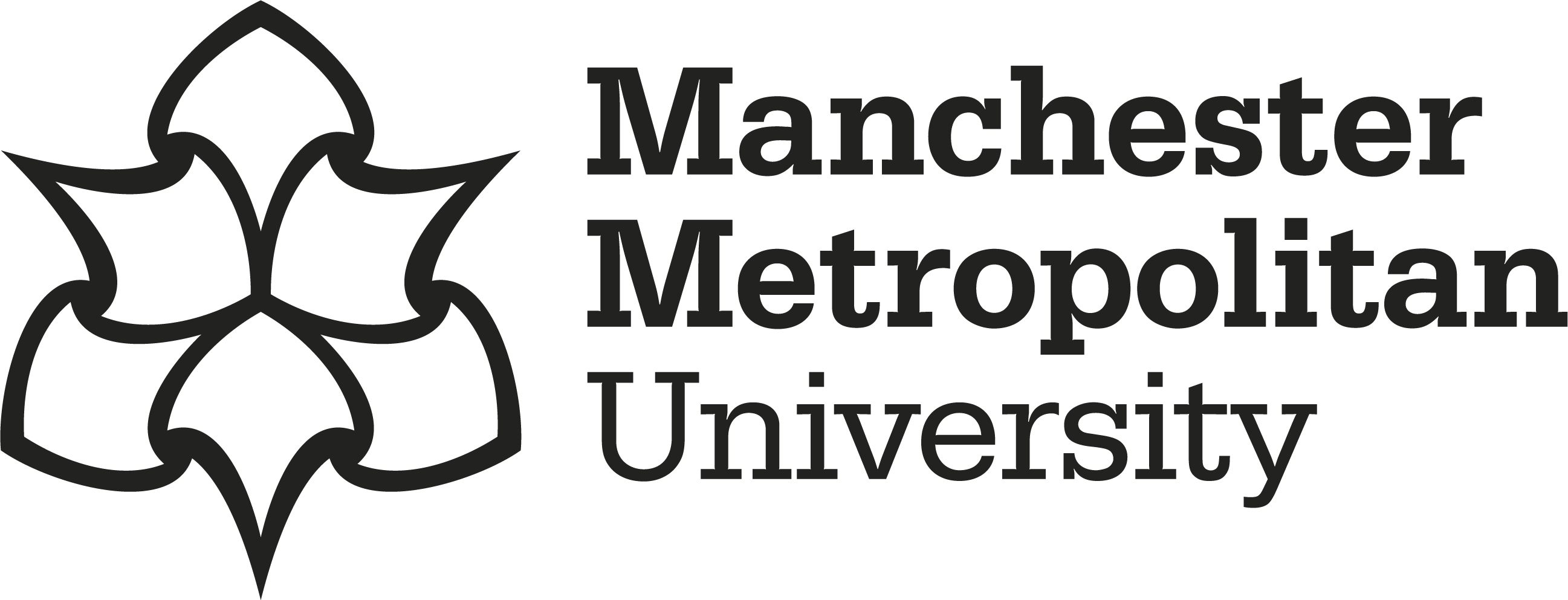Fatahian, Reyhaneh and Erfani, Rasool 
|
Published Version
Available under License Creative Commons Attribution. Download (3MB) | Preview |
Abstract
Blending poly (lactic acid) (PLA) with poly (vinyl alcohol) (PVA) improves the strength and hydrophilicity of nanofibers, making them suitable for biomedical applications like wound dressings. This study explores how electrospinning parameters—applied voltage, flow rate, and needle-to-collector distance—affect PVA/PLA nanofiber properties, optimizing them using a Taguchi design of experiment (DoE) approach to enhance their mechanical and surface properties for clinical use. Given the high costs and time associated with conducting extensive experimental tests, an artificial neural network based surrogate model is developed to predict experimental outcomes more efficiently, facilitating faster identification of optimal design configurations. Analysis of Variance reveals flow rate as the most significant determinant of fiber diameter. The optimal electrospinning configuration yields nanofibers with an average diameter of 127.6 ± 19.8 nm. These fibers exhibit exceptional tensile strength, flexibility, and a water contact angle of 37°, demonstrating superior hydrophilicity conducive to cell adhesion and proliferation—key factors in promoting wound healing. Comparative analyses confirm that the optimized scaffold (18 cm needle-to-collector distance, 0.6 ml/h flow rate, and 18 kV applied voltage) significantly outperforms alternative configurations, such as 10 cm needle-to-collector distance, 1.2 ml/h flow rate, and 22 kV applied voltage, which display larger diameters, reduced hydrophilicity (contact angle of 72°), and diminished suitability for medical use. Validation experiments affirm the accuracy and reproducibility of the Taguchi optimization, substantiating the methodological rigor and reliability of the findings. This work contributes novel insights into the tunable design of electrospun nanofibers, providing a pathway to developing advanced wound dressings that facilitate tissue integration and accelerate healing. The optimized PVA/PLA nanofibers have the potential to revolutionize wound care by offering a cost-effective and clinically viable solution for enhancing patient recovery, reducing treatment durations, and improving global healthcare outcomes.
Impact and Reach
Statistics
Additional statistics for this dataset are available via IRStats2.


